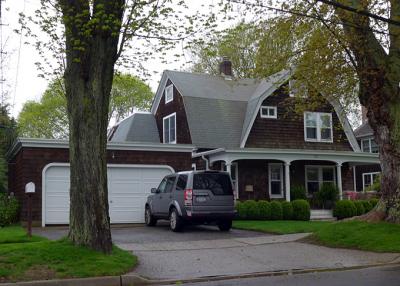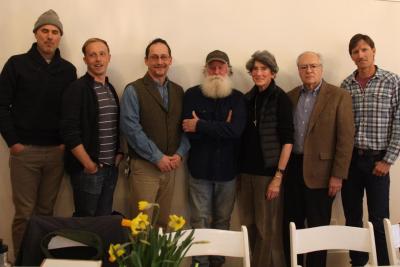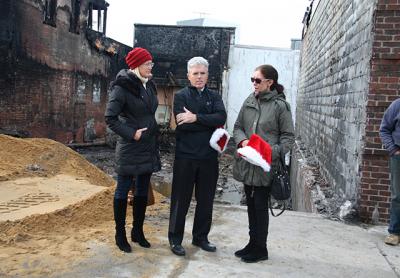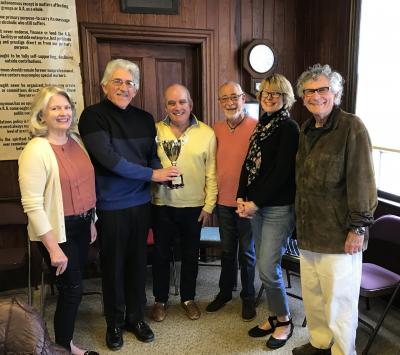February Wedding at Justice Court
February Wedding at Justice Court

Christine Sampson and Jason Nower have Guild Hall and the John Jermain Memorial Library to thank for bringing them together, Ms. Sampson said.
The two first met at a WordTheatre benefit for the Pushcart Prize held at Guild Hall in July 2015. Ms. Sampson was a guest and Mr. Nower was a crewmember working at the event. They reconnected more than a year later, in September 2016, at a board game night at John Jermain in Sag Harbor.
“We both said, ‘I know you from somewhere,’ ” Ms. Sampson said. It took them more than an hour to recall where they had first met, “although, to be fair, we were distracted by the game of 7 Wonders,” the bride said.
They began dating soon after that and were married on Feb. 17 at East Hampton Town Justice Court. It was a small, private ceremony attended only by the couple’s parents and their siblings.
Their witnesses were Ms. Sampson’s sister, Jessica Zanco of Massapequa, and Mr. Nower’s sister, Shannon Nower of Southampton. Also in attendance was Mr. Nower’s 12-year-old brother, Christian McClain. Justice Lisa R. Rana officiated. A formal reception will be held at a future date.
Ms. Sampson is a daughter of Janette and Toki Yoshioka of Port St. Lucie, Fla., and the late Robert Sampson. Mr. Nower’s mother and stepfather are Colette Gilbert and Andrew McClain of North Sea.
The bride, a reporter for The Sag Harbor Express, previously wrote for The East Hampton Star. She earned a degree in journalism from Hofstra University. Mr. Nower, who studied cinematography at Suffolk Community College, is an assistant technical director at LTV in East Hampton. They live in Amagansett.









